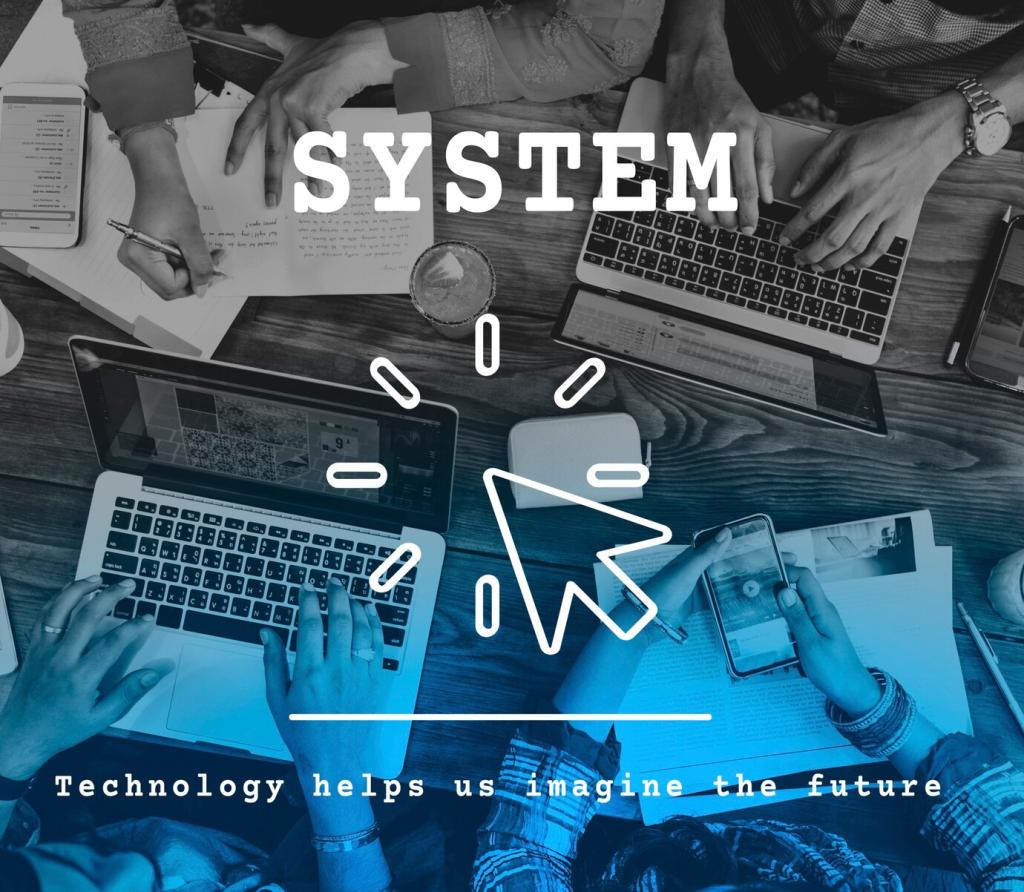
Challenges and Opportunities in Smart Home Technology
Smart home technology is rapidly transforming the way we interact with and manage our living environments. From voice-activated assistants to intelligent security systems, smart devices promise convenience, efficiency, and enhanced quality of life. However, as these technologies become more integrated into our daily routines, they bring forth a unique set of challenges and opportunities. Understanding these dynamics is crucial for homeowners, developers, and stakeholders aiming to harness the full potential of smart home innovations while navigating the complexities associated with their adoption and use.
Integration and Interoperability
Protocol Compatibility
Protocol compatibility is essential for smart home devices to communicate effectively. Devices using different wireless communication methods—such as Wi-Fi, Bluetooth, Zigbee, or Z-Wave—may struggle to interact without a common protocol or universal hub. This fragmentation creates friction for consumers who want to mix and match products from different brands. Solving this challenge demands the creation of more cross-compatible platforms and bridge technologies, allowing devices to transcend protocol barriers. Manufacturers that prioritize standardization and universal compatibility will likely be rewarded through increased customer satisfaction and broader market adoption.


Ecosystem Fragmentation
Ecosystem fragmentation remains a hurdle in achieving a cohesive smart home experience. Each major tech company often designs products to work best within its own ecosystem, leading to siloed solutions and limited interoperability. This fragmentation can confuse users and deter potential adopters who seek a straightforward, all-encompassing system. The opportunity here lies in developing universal platforms or collaboration between brands to create smart home solutions that communicate across ecosystems, providing consumers with flexibility and choice while encouraging further innovation in the market.
Security and Privacy Concerns
The interconnected nature of smart homes can expose users to cybersecurity risks, including hacking, ransomware, and unauthorized surveillance. Devices with inadequate security protocols may serve as weak links that allow malicious actors to infiltrate entire home networks. Overcoming this challenge requires continuous security updates, robust authentication mechanisms, and industry-wide adherence to best security practices. On the flip side, vendors who prioritize device security and offer transparent protection policies can turn security into a competitive advantage and build lasting trust with consumers.

Intelligent Energy Management
Intelligent energy management enables homeowners to optimize consumption based on real-time usage data, habits, and external conditions. Smart systems can automatically adjust lighting, heating, and cooling to enhance comfort while conserving resources. Despite the profound benefits, widespread adoption hinges on the affordability and user-friendliness of such systems. By refining algorithms and improving user interfaces, innovators have the chance to make energy management appealing and accessible, thus accelerating the transition toward sustainable living.
Green Technology Investments
Investment in green technology is driving the development of eco-friendly smart home devices that consume less energy and use sustainable materials. This transition, however, often requires significant upfront costs and ongoing research to overcome technical and financial barriers. Companies willing to lead in this field by prioritizing environmentally conscious practices stand to benefit from both regulatory incentives and growing consumer demand for eco-friendly products. Ultimately, this commitment to sustainability can differentiate brands and create new avenues for growth in the eco-conscious market segment.
Scalability and Accessibility
Scalability and accessibility remain pivotal in realizing the full potential of energy-efficient smart home technology. While advanced solutions are often targeted toward higher-end markets, there is a pressing need to develop scalable products that are affordable and suitable for diverse living environments globally. Expanding access not only addresses social equity considerations but also fuels broader adoption of sustainable practices. Companies that devise inclusive, budget-friendly solutions can unlock new markets and contribute meaningfully to global environmental goals.
